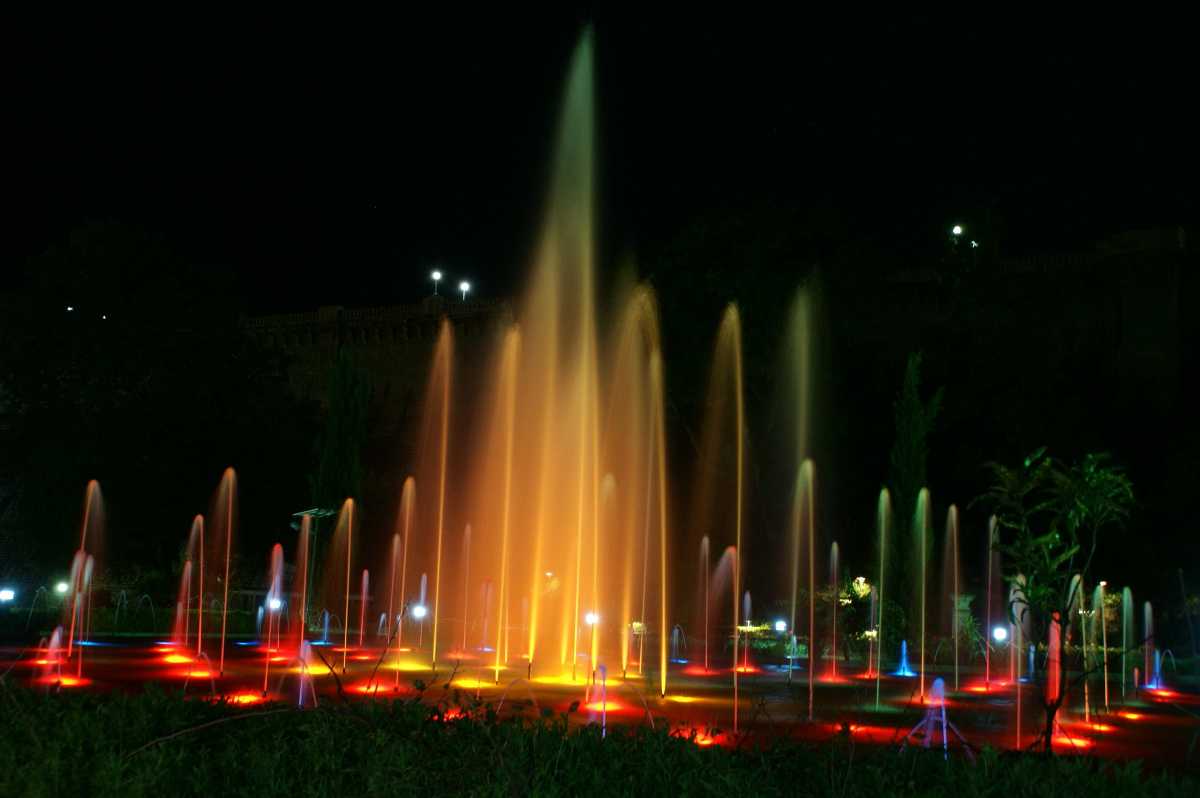AJANTA AND ELLORA:
Kailasa Temple
Nestled in the Sayadari Hills, adorning the Aurangabad district of Maharashtra, astonishingly carved into hillside rock in the middle of nowhere are the Ajanta and Ellora caves. Both form an important UNESCO World Heritage site and represent an exquisite piece of master craftsmanship dating back to the and 11 th century AD. It is also an important living symbol of religious coexistence back in that era.
The most incomprehensible thing about the Ajanta and Ellora caves is that they were crafted by hand, with only a hammer and chisel. Built in the times when there was no electricity, machines leaves the visitors spell bound and shocked. These are indeed the true marvel of architecture, art and culture of ancient times and present the true reflection of the immense unmatchable knowledge that existed in the bygone era.
There are 34 caves at Ellora dating from between the 6th and 11th centuries AD, and 29 caves at Ajanta dating back to between the 2nd century BC and 6th century AD. The caves at Ajanta are all Buddhist, while the caves at Ellora are a mixture of Buddhist, Hindu and Jain. The Funds for the construction of the caves were provided by various rulers, and are believed to be home to Jain, Hindu and Buddhist monks. The beauty of these caves is mesmerising and leaves you speechless igniting a spark of mystery that revolves around their construction. The beauty of this place is further enhanced in the rainy season with the green backdrop and overflowing water falls.
Not only the architecture is marvellous but all caves are beautifully decorated by paintings which depict the lifestyle present in those days. Most stunning feature in the paintings include the exquisite grand jewellery prevalent in that era, the hair style with a special mention of “sadhna cut” “buns” clothing showcasing Miniskirts and the nail paints in all female paintings revealing a lot about the olden times and leave us mindboggling with several questions about the progress and advancement the people those times had achieved.
The incredible Kailasa Temple (also known as the Kailash Temple), which forms Cave 16 at Ellora, is undoubtedly the most famous attraction (picture). The temple is dedicated to Lord Shiva and his sacred abode at Mount Kailash. Its immense size covers twice the area of the Pantheon in Athens, and is one and a half times as high! The amazing fact about it is - that it has been carved from a single rock and leaves the architects and engineers of the modern digital world flabbergasted and pondering about the techniques used and they call it a true marvel of architecture , deep intense and detailed planning , intricacy of design and proportions The life-size elephant sculpture is also a highlight .
The Ajanta Caves, comprising of 29 Buddhist cave temples which were built in the 2nd century B.C. represent both Theravada and Mahayana Buddhist traditions are the best masterpieces of Buddhist art in India.
These caves are among the largest rock-carved monastic-temple complexes in the entire world and represent the key essence of Indian rock-cut architecture. These are undoubtedly the most spectacular cave complexes and not to be missed at any cost. The magnificent remnants are the silent master creations telling us about the splendour and grandeur of the Chalukya and Rashtrakuta dynasties.
Ajanta and Ellora are the true jewels of the rich Indian cultural heritage and each Indian should take pride in being a part of this inheritance.
The masterpiece of technology, art, design, sophistication, deep precision planning where one step was the final step and you had to get it right every time you chiselled.
Master piece by master craftsmen left, a construction puzzle we still are trying to put together ……………
Padmpani Painting
(Faculty AISSMS CHMCT)



